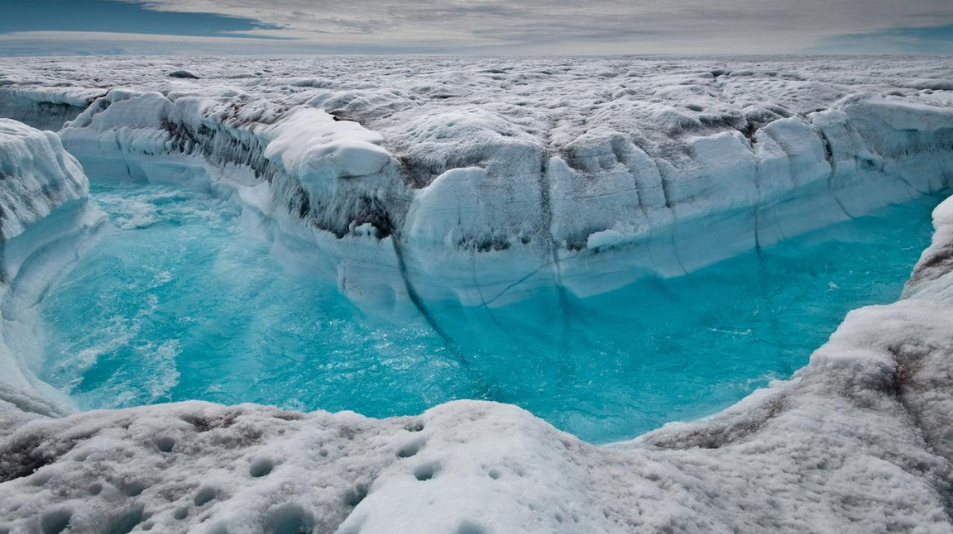
Greenland’s Ice Sheet Melting: A Potential Catastrophe for Sea Level Rise
Scientists recently unearthed an ice core from beneath Greenland’s melting ice sheet. This discovery has led to some alarming findings about Greenland’s past and potential future. The study reveals that a significant portion of Greenland was ice-free around 400,000 years ago. Interestingly, global temperatures at that time were similar to what we are nearing today. This discovery could spell disaster for sea level rise in the near future.
Overturning Previous Assumptions
The study challenges previous beliefs that most of Greenland’s ice sheet has been frozen for millions of years. Instead, it suggests that moderate, natural warming led to large-scale melting and a sea level rise of more than 1.4 meters (4.6 feet).
The Implications of the Findings
Paul Bierman, a scientist at the University of Vermont, finds the implications of these findings “frightening.” He is a lead author of the study. The study reveals that carbon dioxide levels in the atmosphere are now 1.5 times higher than they were 400,000 years ago. Furthermore, global temperatures continue to rise. These factors suggest that the Greenland ice sheet could be extremely sensitive to human-caused climate change. This sensitivity may be greater than what we previously understood.
The Potential Impact on Sea Level Rise
If Greenland’s ice sheet were to melt completely, sea levels would rise by about 7 meters (23 feet), causing devastation to the billions of people who live along the world’s coasts. This potential outcome underscores the urgent need for action to mitigate climate change.
The Rediscovery of the Ice Core
The ice core used in the study was collected in 1966 at Camp Century, a US army base in northwest Greenland. It was rediscovered in Denmark in 2017, and its analysis has provided valuable insights into Greenland’s past and its potential future.
The Fossilized Ecosystem
The ice core contained twigs, mosses, leaves, and seeds, indicating that the area had once been ice-free and home to a thriving ecosystem. This discovery provides further evidence of the potential for large-scale melting of the Greenland ice sheet.
The Urgency of Climate Action
The study’s findings underscore the urgency of taking radical action to reduce greenhouse gas emissions and remove the carbon pollution already in the atmosphere. Without such action, we risk dooming the Greenland ice sheet and causing rapid, potentially catastrophic sea level rise.
In summary, the study of the long-lost Greenland ice core serves as a stark warning about the potential consequences of climate change. As we continue to grapple with the realities of a warming planet, it is clear that our actions today will have a profound impact on the future of our planet. The fate of the Greenland’s ice sheet melting, and the global sea levels it influences, hangs in the balance.


